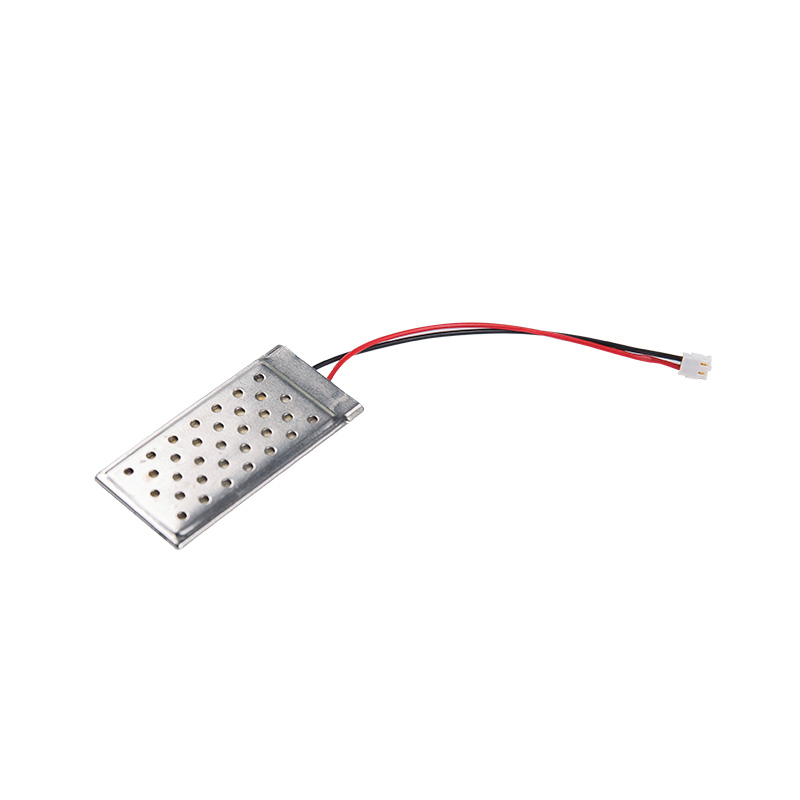Protecting tweeter speakers from damage involves several mechanisms that are designed to ensure their longevity and prevent distortion or failure due to high volumes or improper use:
Crossover Network Protection: One of the primary protective mechanisms is the crossover network itself. This network not only directs the appropriate frequency ranges to the tweeter but also ensures that it receives only the high frequencies it is designed to handle, preventing it from being overloaded with lower frequencies that could cause damage.
Amplifier Clipping Detection: Modern amplifiers and audio systems often include clipping detection systems that can sense when the signal being sent to a speaker is too strong and could potentially cause distortion or damage. When clipping is detected, these systems may reduce the volume automatically to protect the tweeter.

Impedance Matching: Ensuring that the tweeter is matched with an amplifier of the correct impedance is crucial. Impedance matching prevents the tweeter from being subjected to voltages that could exceed its design limits, which could lead to damage.
Volume Limiters and Protection Circuits: Some audio systems include built-in volume limiters or protection circuits that are designed to prevent the volume from reaching levels that could harm the tweeter. These circuits can automatically reduce the signal to the tweeter if it detects that the volume is too high.
Physical Construction: The physical construction of the tweeter, including the materials used for the diaphragm and the strength of the voice coil, can also provide a degree of protection. High-quality materials and robust construction can help the tweeter withstand higher volumes without failing.
User Education and Guidelines: Finally, educating users about proper use and providing guidelines for volume levels can help prevent damage. Understanding the capabilities and limitations of their audio equipment can empower users to use their tweeter speakers safely and avoid pushing them to potentially damaging levels.
By incorporating these protective mechanisms, manufacturers aim to extend the life of tweeter speakers and ensure that they continue to provide clear, high-quality sound even when subjected to high volumes or less-than-ideal listening conditions.


 EN
EN  English
English Deutsch
Deutsch 中文简体
中文简体
